Assessment of Health Promotion Barriers and Positive Behaviors
VerifiedAdded on 2022/08/15
|6
|1122
|112
Report
AI Summary
This report analyzes the health promotion barriers and positive behaviors of a client, George Bailey (G.B.), aged 45, aiming to facilitate a desired behavior change. The report identifies the client's strengths, including social support, self-efficacy, and an ecological approach, which contribute to successful health outcomes. It also outlines significant barriers such as strict regulations, uncertainties, high costs of care, and knowledge gaps. The report then details methods to overcome these barriers, including educational materials, information meetings, academic detailing, outreach visits, opinion management, reminder systems, and patient-mediated strategies like mass media campaigns. The goal is to improve healthcare programs, enhance patient engagement, and ensure effective health promotion through evidence-based practices and innovative initiatives, focusing on the safety and quality of care.
1 out of 6
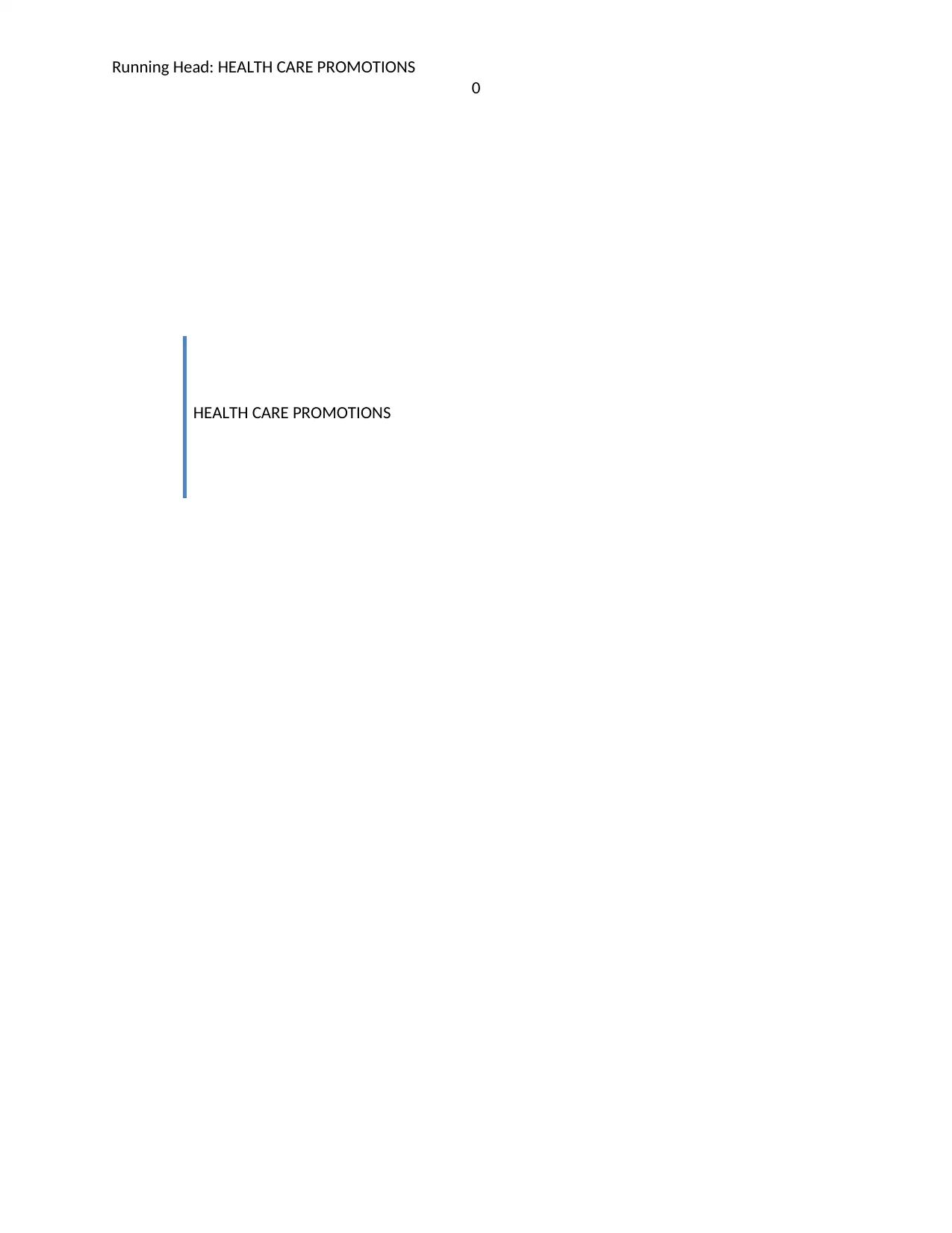
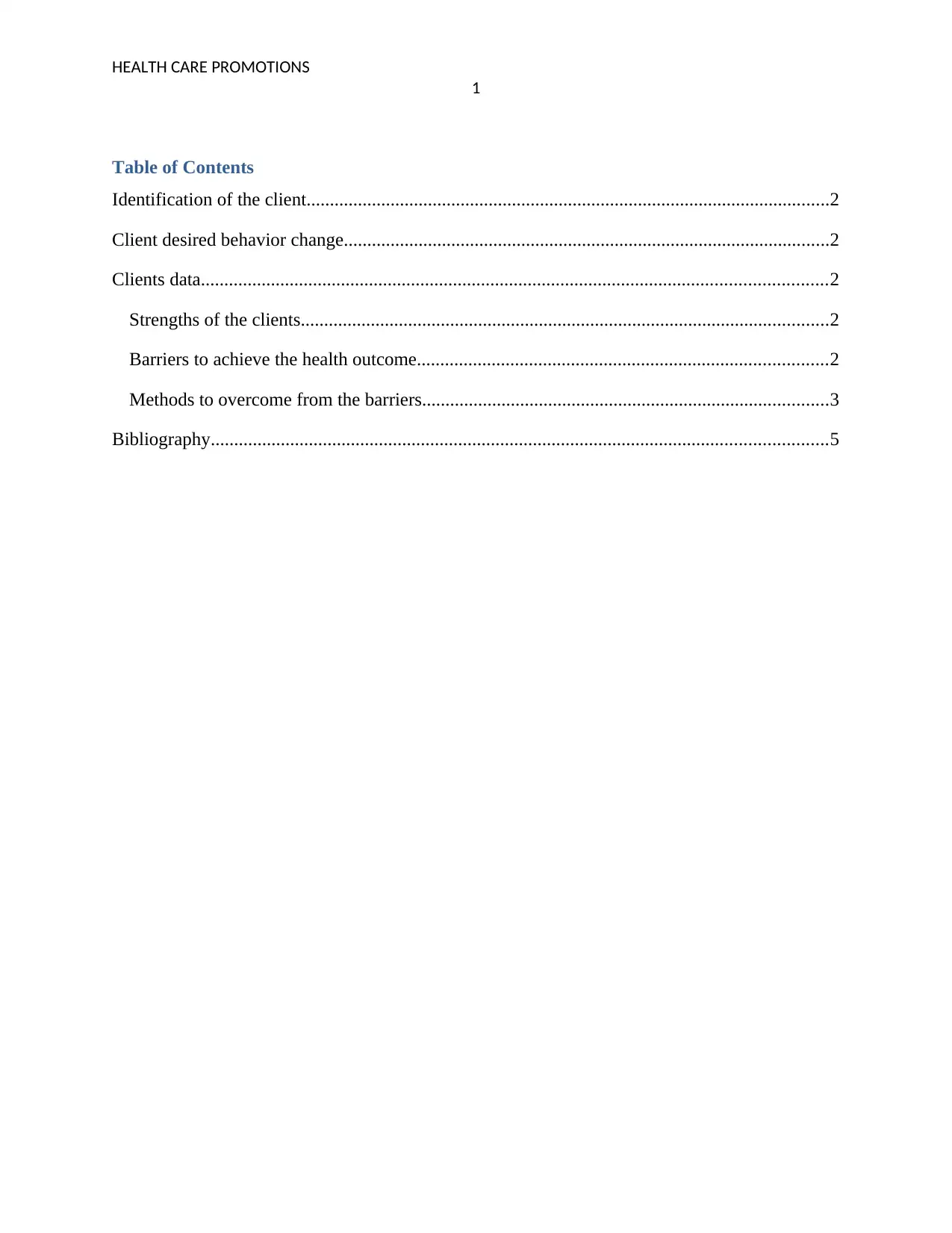
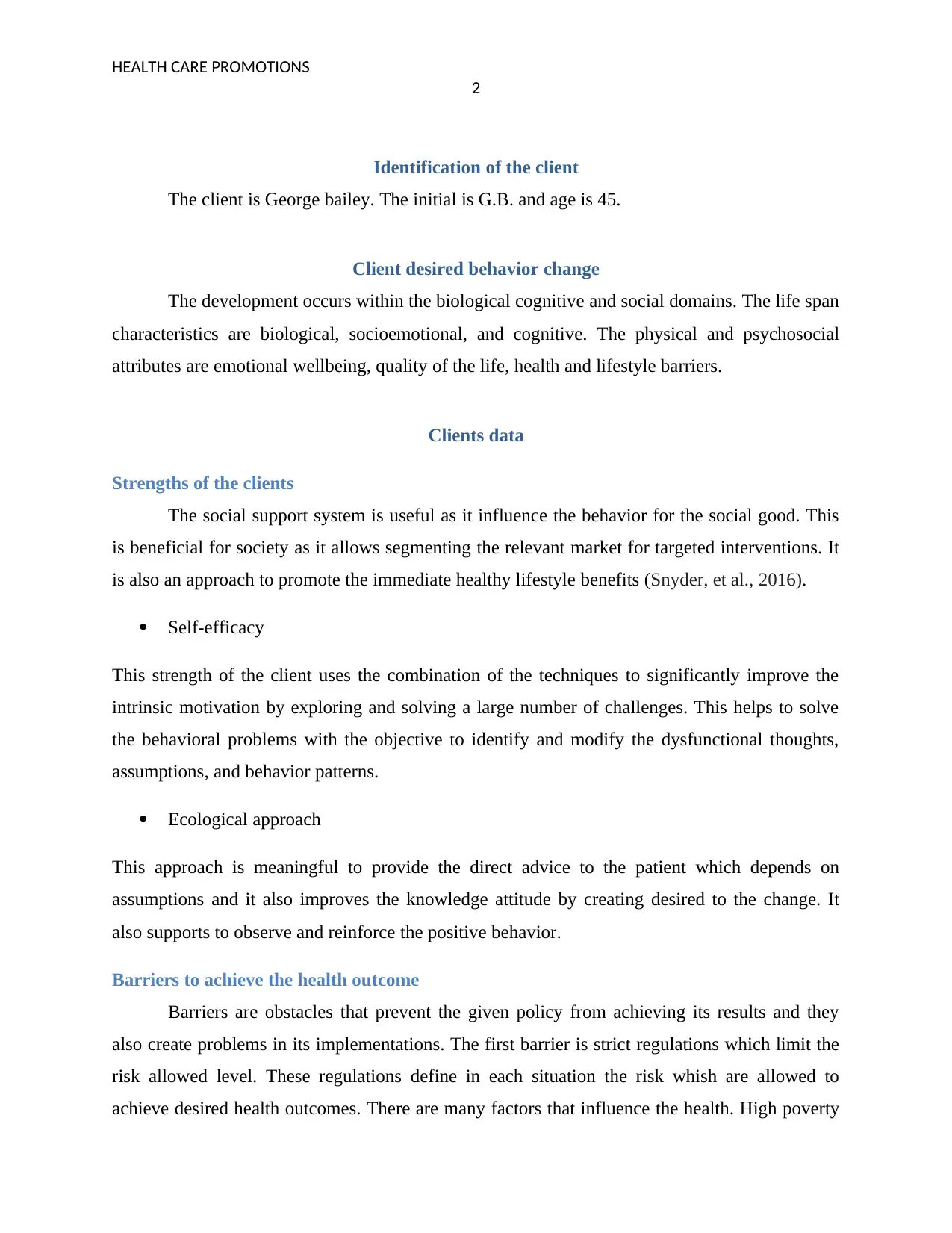
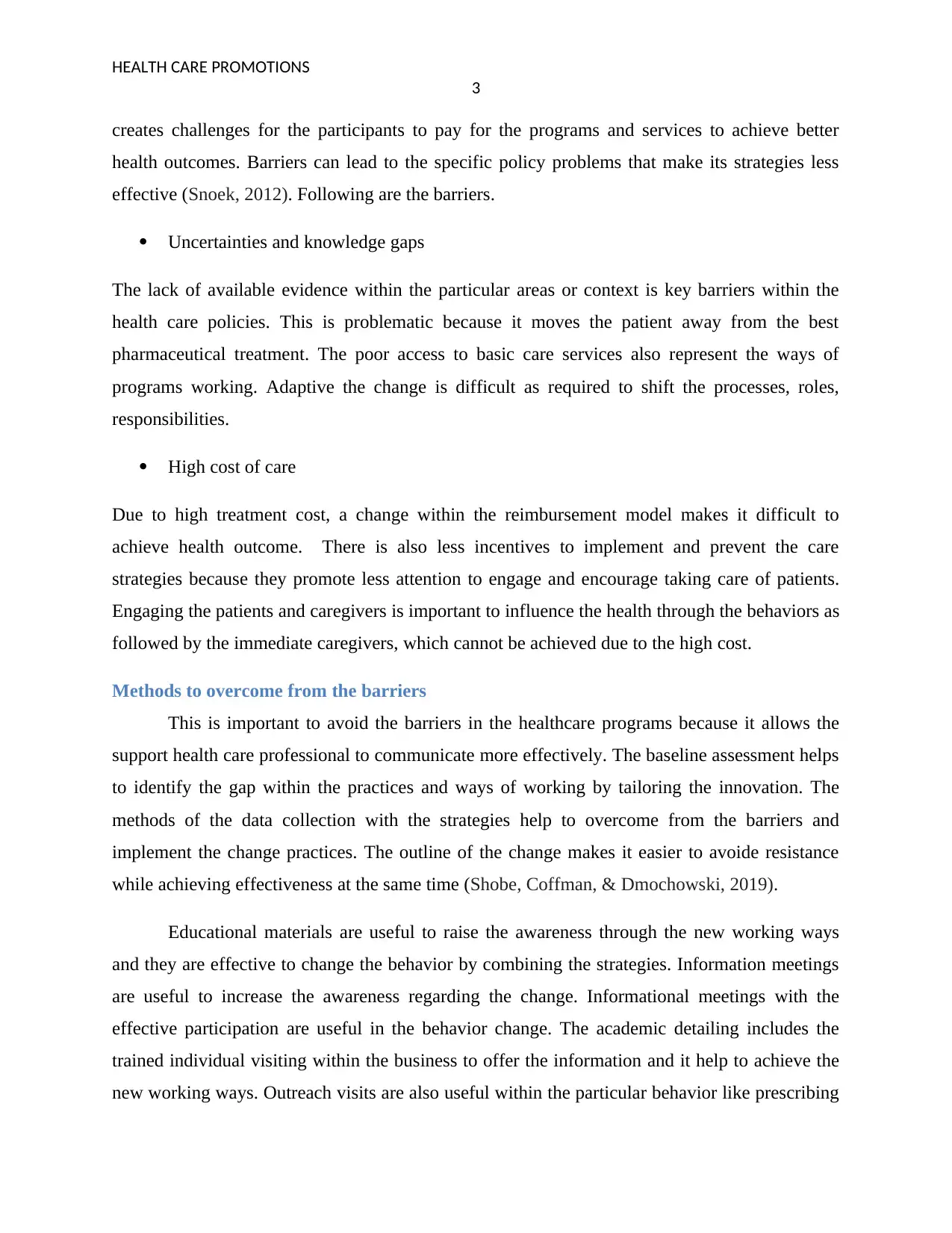
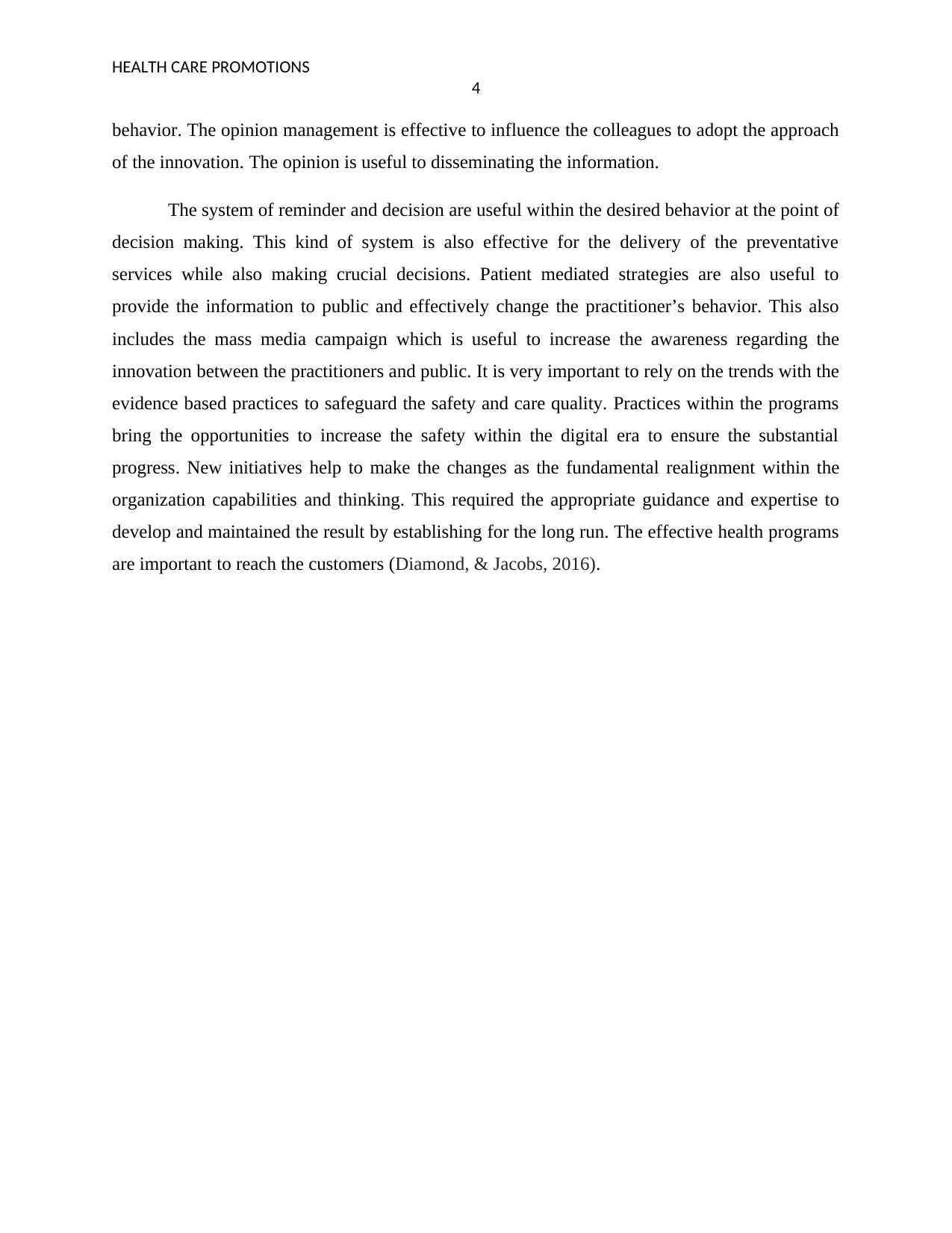
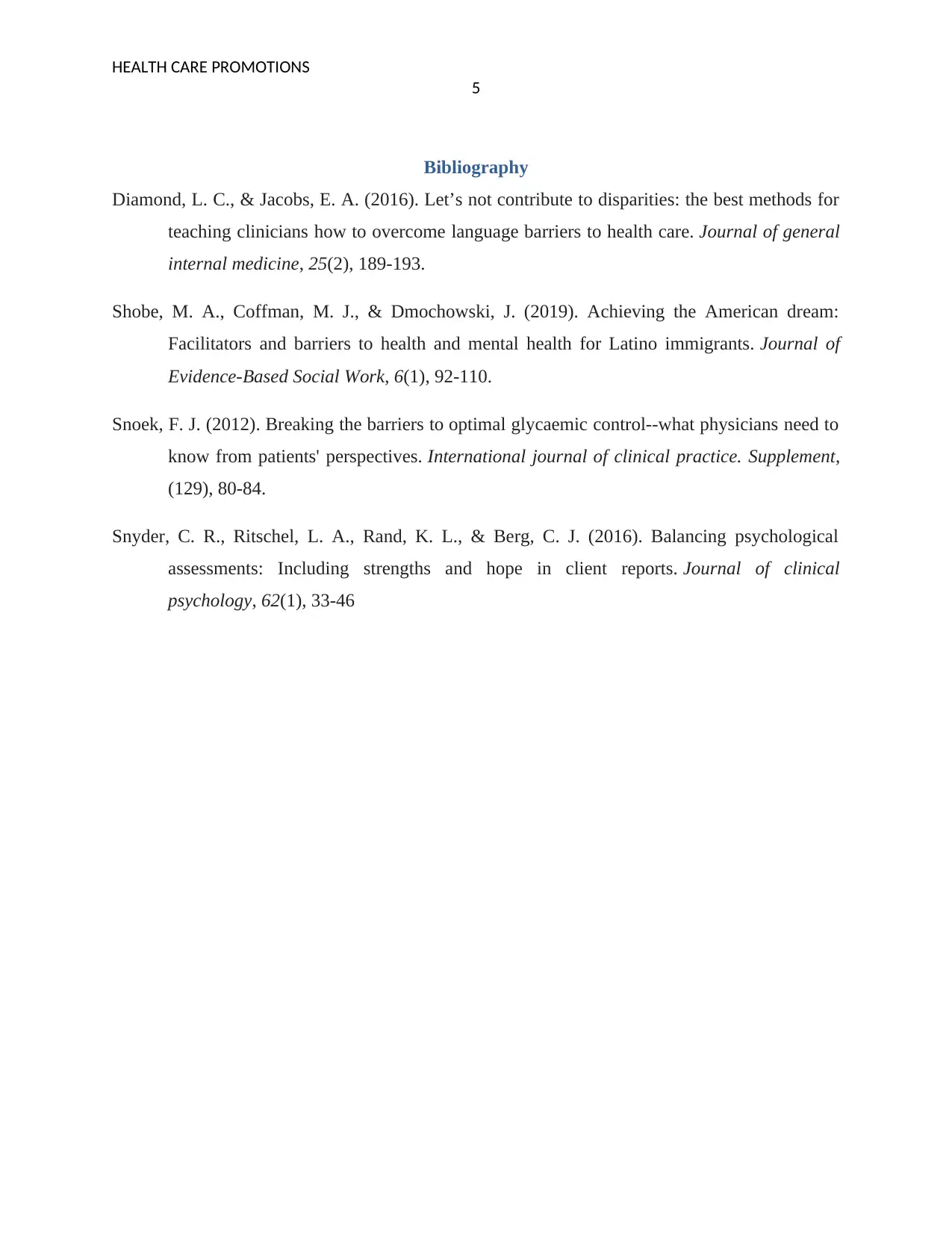






![[object Object]](/_next/static/media/star-bottom.7253800d.svg)